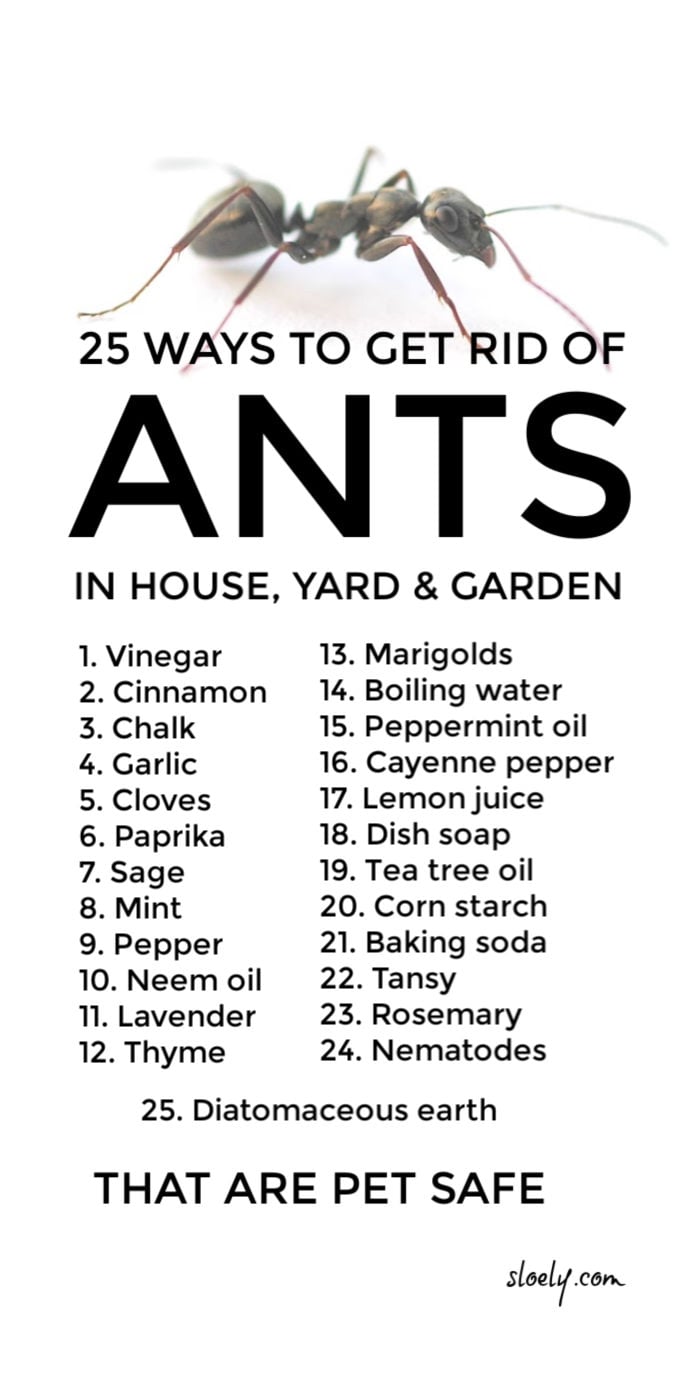Introduction:
In the tapestry of our homes, we often encounter unwanted guests – ants. These seemingly innocuous creatures can swiftly transform into a persistent nuisance, leaving behind trails of contamination and sleepless nights. But fear not, for this article will equip you with the knowledge and strategies to wage war on these diminutive invaders and reclaim the sanctity of your abode.

Image: www.inf-inet.com
Ants, ubiquitous insects belonging to the Formicidae family, play a vital role in the ecosystem’s ecological balance. Their relentless foraging and scavenging contribute to soil aeration, seed dispersal, and waste decomposition. However, when these industrious creatures venture indoors, they become unwelcome housemates, their presence sparking both frustration and concern.
Understanding Ant Behavior:
To effectively combat an ant infestation, it is imperative to delve into their complex social structure and behavioral patterns. Ants live in highly organized colonies, each colony comprising a queen, workers, and, in some species, soldiers or reproductives. The queen, the colony’s matriarch, is responsible for laying eggs and ensuring the colony’s survival.
Worker ants constitute the majority of the colony and are tasked with various responsibilities such as foraging for food, constructing and maintaining the nest, and tending to the queen and her brood. Their ability to form pheromone trails, invisible to the human eye, allows them to navigate efficiently, communicate with others, and mark food sources.
Identifying Entry Points:
The first step in eradicating ants is to identify their entry points into your home. Pay meticulous attention to areas where pipes, wires, or cables penetrate walls, foundations, and windows. Cracks in walls, gaps around doors, and holes in siding can also provide these tiny intruders with access to your sanctuary.
Once you have identified potential entry points, seal them using caulk, weatherstripping, or expanding foam. By eliminating these access routes, you effectively cut off the ants’ supply line and make your home less attractive to these unwelcome visitors.
Eliminating Food Sources:
Ants are relentless scavengers, drawn to any available food source within your home. To deprive them of sustenance, maintain a scrupulously clean environment by regularly cleaning surfaces, vacuuming carpets, and sweeping floors. Wipe up spills promptly, and store food in airtight containers.
Pay particular attention to sugary substances, as ants are especially fond of sweet treats. Keep sugar bowls tightly sealed, store honey and syrup in leak-proof containers, and promptly clean up spills to eliminate these tempting attractions.

Image: sinkforce15.bitbucket.io
Natural Ant Repellents:
Before resorting to chemical pesticides, consider utilizing natural ant repellents that are both effective and less harmful to your family and pets. Certain scents and substances possess repellent properties that effectively deter ants, keeping them at bay without resorting to harsh chemicals.
Ants are highly sensitive to the pungent aroma of peppermint, cinnamon, and tea tree oil. Applying these essential oils around entry points and areas where ants tend to congregate can create an invisible barrier that repels them effectively. Citrus peels, cloves, and cayenne pepper also possess ant-repelling properties and can be strategically placed throughout your home.
Chemical Pesticides:
In cases where natural repellents prove ineffective, or the infestation has become overwhelming, the use of chemical pesticides may be necessary to eliminate ants. However, extreme caution must be exercised when using these substances. Carefully follow the instructions provided on the product label and prioritize the safety of your family, pets, and the environment.
Target ant trails and areas where they tend to congregate when applying pesticides. Avoid indiscriminate spraying, as this can contaminate surfaces and pose unnecessary risks. Consider using ant baits, which are specifically designed to attract and poison these pests while minimizing the risk of exposure to humans and pets.
Professional Pest Control:
If self-extermination efforts yield unsatisfactory results, don’t hesitate to seek professional assistance from a licensed pest control company. These experts possess the knowledge, experience, and specialized equipment necessary to eradicate ant infestations effectively and safely.
Professional pest control services typically involve a thorough inspection of your home, identification of ant species, and the development of a targeted treatment plan. They employ proven techniques, including baiting, spraying, and dust application, to eliminate ants and prevent their return.
How To Get Rid Of The Little Ants
Conclusion:
Reclaiming your home from the persistent presence of ants requires a multifaceted approach that combines prevention, natural remedies, and, in some cases, professional assistance. By following the strategies outlined in this article, you can effectively vanquish these tiny invaders and restore harmony to your living space. Remember, a clean home, sealed entry points, and the strategic use of repellents and pesticides will ensure that your home remains a safe and unwelcome environment for these unwelcome guests.




:max_bytes(150000):strip_icc()/142202371-5ab3dbf1ff1b78003633a0dd.jpeg?w=740&resize=740,414&ssl=1)
